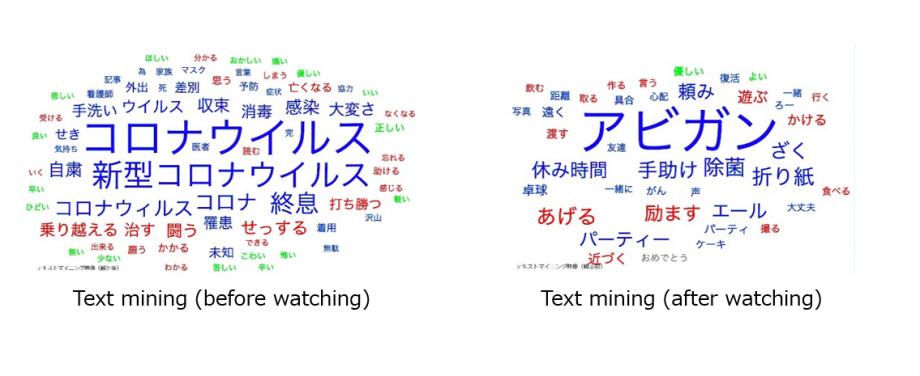| Organization | The National University Corporation Tokyo Gakugei University Takehaya Elementary School |
|---|---|
| Title | Moral education using both synchronized online and asynchronized lessons for nurturing the sense of acceptance of COVID-19 patients |
| City, Country | Tokyo, Japan |
1. Circumstances and preparation for the introduction
(1) Having watched the news that COVID-19 patients and their families are suffering from negative emotions due to the “discrimination against them” during the school closure period, and recognized that we and our students could be the victims of it, we planned this program with the theme of compassion.
(2) The synchronized-asynchronized-synchronized model that can be of use during both the school closure period and the staggered attendance period has been selected.
2.Implementation
(1) Synchronized part: “From daily life to the theme” (approximately 10 min.)
Approximately five minutes were spent on group conversation (about four students) about the “recent news on your mind” using the breakout rooms of Zoom. As the topic of COVID-19 was brought up in every room as expected, we introduced the common theme of “Let’s think about COVID-19” and asked students to fill in the Google form questionnaire prepared to ask them what they feel if they were infected with COVID-19 (emotional aspect) and what they would do if your friend was infected with COVID-19 and returned to school after full recovery (behavioural aspect). Subsequently, we instructed them to watch (2) and fill in the same form as asynchronized homework.
(2) Asynchronized part: Read and watch “COVID-19: Testimonies of the infected, their families, and bereaved families” produced by NHK and input impressions.
https://www3.nhk.or.jp/news/special/coronavirus/testimony/→Second input in the form
Allocate two days for the asynchronized homework and make the students fill in the same Google form with the two questions. Instructors are required to find changes in students’ response from (1) to (2).
(3) Synchronized part: “Feel changes in yourself after reading the testimonies”
In order to nurture the awareness that everyone’s involvement is necessary in creating this activity, we shared the movies of them inputting their answers on the screen. We then compared the initial answers to the question about the behavioural aspect with those after reading the articles (approx. 5 min.).
After looking through the result of text mining, students were encouraged to exchange their opinions by utilizing the breakout room function about how they reconsider their thoughts and make decisions based on the interviews to the patients, their families, and bereaved families. While there were many words expressing direct behaviours, such as “to play,” “to hand down,” “to call out,” and “to say” before the asynchronized activity, words expressing indirect behaviours based on the consciousness of others, such as “to wish,” “to think,” “to understand,” and “to feel” increased after watching the interviews. (approx. 10 min.)

3.Children’s sentiments
The sentiment “I want to eliminate misunderstandings” was dominant among others. Students successfully recalled the key point of activities in previous academic years, that is, to obtain correct information, make up mind correctly, and decide behaviour. They also developed a new viewpoint (the consciousness of others) and shared it among all students.







